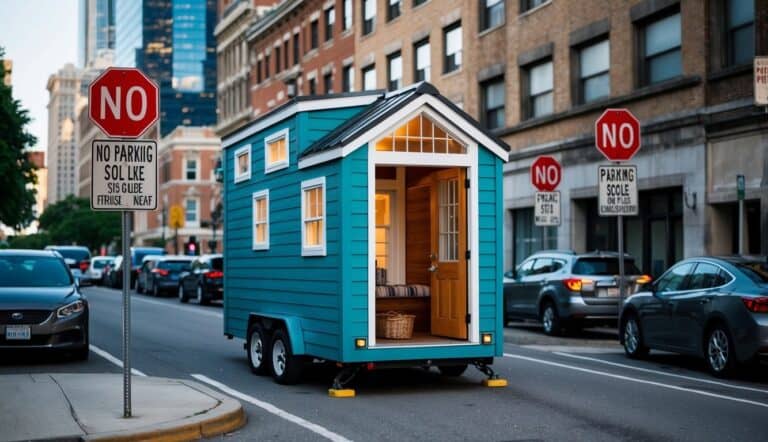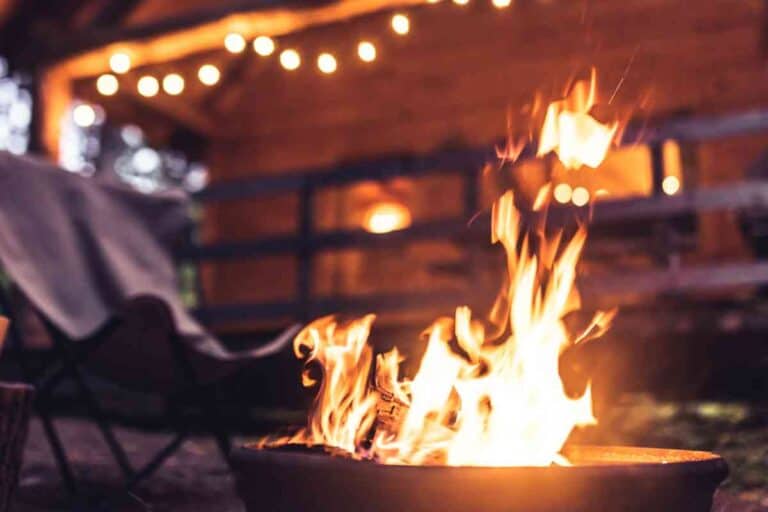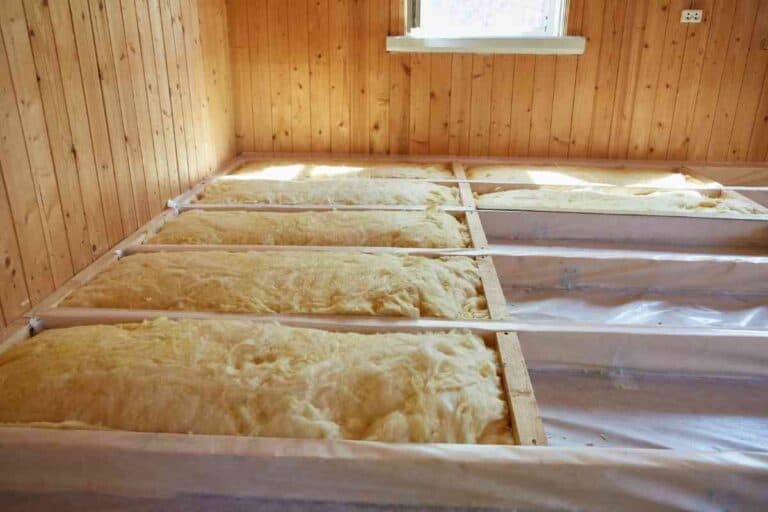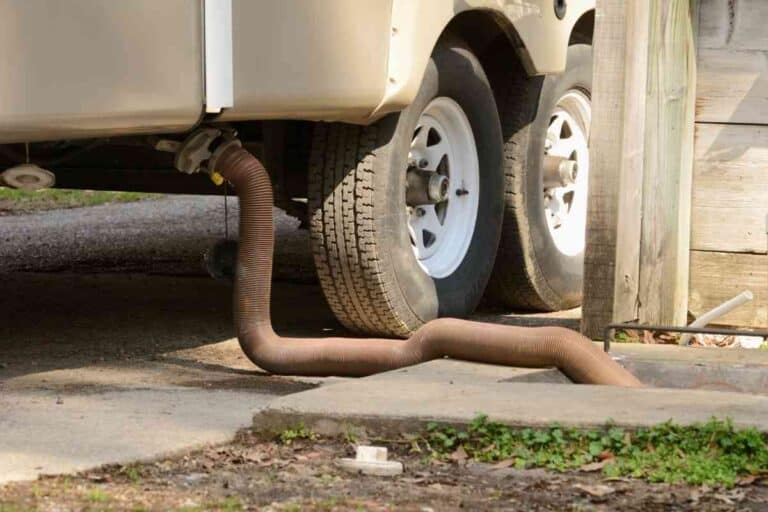How to Build an Off-Grid Cabin on a Budget: Tips and Tricks
If you’re looking to escape the hustle and bustle of city life and build your own off-grid cabin, you may be wondering where to start. Building an off-grid cabin on a budget can be a challenging but rewarding experience. Not only can it save you money in the long run, but it can also provide a sense of self-sufficiency and independence.

How do you build an off-grid cabin on a budget?
To build an off-grid cabin on a budget, prioritize sourcing salvaged or recycled materials for construction. Opt for solar panels for power generation due to their cost-effectiveness. Collect rainwater for your water supply, and implement composting toilets and graywater systems for waste management. Grow your own food and use energy-efficient amenities to save further.
Before you get started, it’s important to consider your budget and what you can realistically afford. Building an off-grid cabin can be expensive, but there are ways to cut costs without sacrificing quality.
For example, you can use recycled or reclaimed materials, source materials locally, or consider alternative building methods such as straw bale or cob construction. By doing your research and making informed decisions, you can build an off-grid cabin that is both affordable and sustainable.
Choosing the Right Location
When building an off-grid cabin on a budget, choosing the right location is crucial. Here are some factors to consider:

Understanding Climate
The climate is an important factor to consider when choosing an off-grid location. You need to know what weather conditions to expect and how they will affect your living conditions. Some areas may have extreme temperatures, high humidity, or heavy rainfall. You need to ensure that your cabin is built to withstand these conditions.
To determine the climate of a particular location, you can use online resources such as the National Oceanic and Atmospheric Administration (NOAA) website. They provide detailed information on weather patterns and climate data for different regions.
Property Taxes and Off-Grid Land
When choosing off-grid land, it is important to consider property taxes. Property taxes can vary greatly depending on the location and the size of the land. You should research the property tax laws in the area you are considering and factor them into your budget.
Off-grid land may also have unique zoning laws and regulations that you need to consider. Some areas may have restrictions on the type of structures you can build or the use of alternative energy sources. Make sure you do your research and understand the local laws before investing in off-grid land.
Site Preparation
Site preparation is another important factor to consider when choosing an off-grid location. You need to ensure that the land is suitable for building and living. Some areas may have steep terrain or poor soil quality, which can make it difficult to build and grow crops.
Before purchasing land, you should have it surveyed to ensure that it is suitable for building. You should also consider the cost of site preparation, such as clearing land, digging a well, or installing a septic system.
| Factor | Considerations |
|---|---|
| Climate | Extreme temperatures, humidity, rainfall |
| Property Taxes | Research local laws and regulations |
| Site Preparation | Survey land, consider cost of preparation |
By considering these factors, you can choose the right off-grid location that meets your needs and budget
Planning Your Off-Grid Cabin
When planning your off-grid cabin, it’s important to consider several factors, including the design, floor plan, building plan, architecture, and interior design. By carefully planning these elements, you can build a comfortable and functional cabin that meets your needs and budget.

Designing the Floor Plan
The first step in planning your off-grid cabin is to design the floor plan. This will determine the layout of your cabin and the placement of key features such as the living room, kitchen, bedroom, and loft. When designing your floor plan, consider the following:
- The size of your cabin: Determine how much space you need for each room and how many people will be living in the cabin.
- The orientation of your cabin: Consider the position of the sun and wind when designing your floor plan to maximize natural light and ventilation.
- The location of utilities: Plan the placement of your utilities, such as water, electricity, and sewage, to ensure they are easily accessible and efficient.
Building Plan and Architecture
Once you have designed your floor plan, you can begin to create a building plan and architecture. This will involve determining the materials and construction methods you will use for your cabin walls, roof, and floor joists. When creating your building plan and architecture, consider the following:
- The materials you will use: Choose materials that are durable, energy-efficient, and cost-effective. For example, you may use recycled materials for your cabin walls or install a metal roof for its durability and low maintenance.
- The construction methods you will use: Determine the best construction methods for your cabin, such as stick-built or panelized construction. Consider the skill level and experience of your builders when choosing your construction methods.
- The interior design: Plan the layout and decoration of your cabin interior, including the placement of furniture, lighting, and decor. Consider the use of space-saving features such as built-in storage and multi-functional furniture.
In summary, planning your off-grid cabin involves designing the floor plan, creating a building plan and architecture, and considering the interior design. By carefully planning these elements, you can build a comfortable and functional cabin that meets your needs and budget.
Building the Foundation
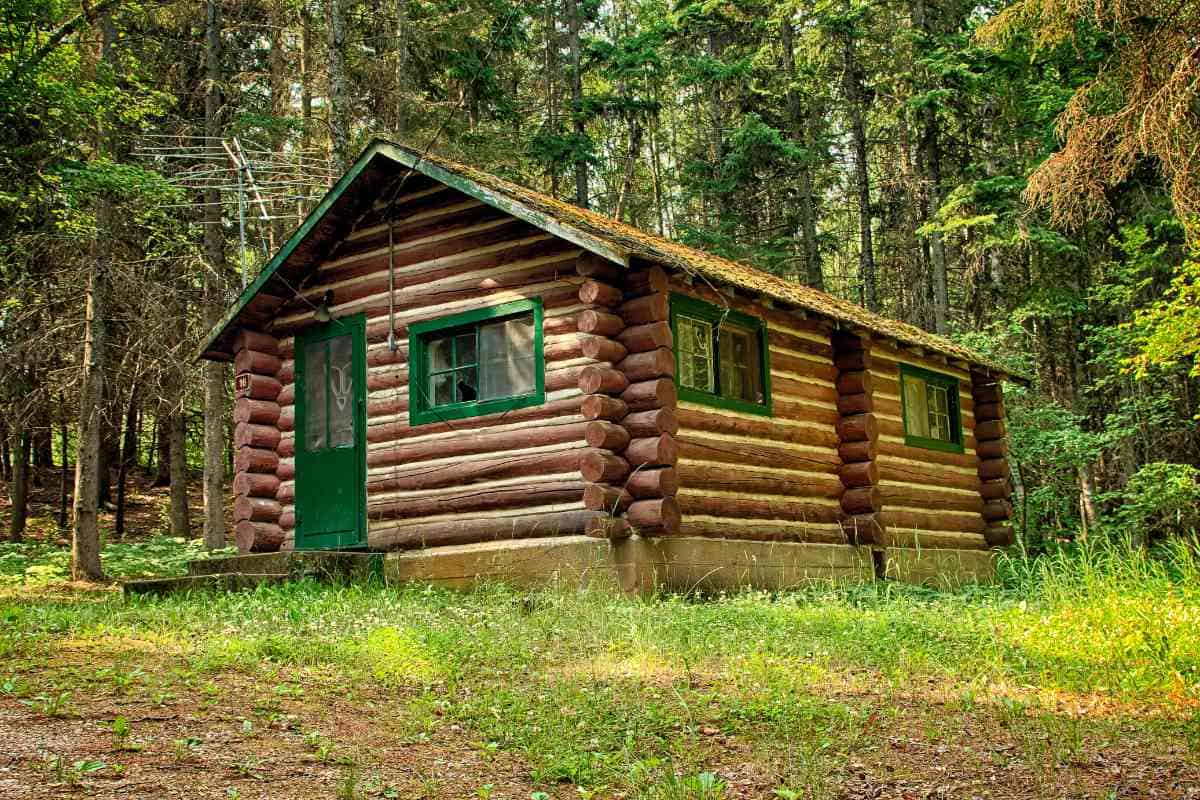
The foundation is one of the most important elements of your off-grid cabin, and it’s critical to get it right. A good foundation will ensure that your cabin is stable, secure, and safe for years to come. Here are some things to consider when building the foundation for your off-grid cabin.
Choosing the Right Foundation
There are several types of foundations to choose from, each with its own advantages and disadvantages. The type of foundation you choose will depend on several factors, including your budget, soil type, and the size of your cabin. Here are some of the most common types of foundations:
Strip Foundation
A strip foundation is a shallow foundation that is typically used for small cabins. It consists of a continuous strip of concrete that is poured around the perimeter of the cabin. This type of foundation is relatively inexpensive and easy to install, but it may not be suitable for larger cabins or cabins located in areas with unstable soil.
Pad Foundation
A pad foundation is similar to a strip foundation, but it consists of individual concrete pads that are placed under each corner of the cabin. This type of foundation is more stable than a strip foundation and is suitable for larger cabins. However, it can be more expensive than a strip foundation.
Raft Foundation
A raft foundation is a large, flat slab of concrete that is poured over the entire area where the cabin will be built. This type of foundation is very stable and is suitable for larger cabins or cabins located in areas with unstable soil. However, it is also the most expensive type of foundation.
When choosing a foundation, it’s important to consider the soil type and the size of your cabin. If you’re building on unstable soil, a raft foundation may be the best option. If you’re building a small cabin on stable soil, a strip foundation may be sufficient.
Building the Foundation
Once you’ve chosen the right foundation for your off-grid cabin, it’s time to start building. Here are some general steps to follow:
- Clear the site of any debris or vegetation.
- Excavate the site to the required depth and shape.
- Install any necessary drainage or plumbing.
- Pour the concrete for the foundation.
- Allow the concrete to cure for the recommended amount of time.
It’s important to follow the manufacturer’s instructions when pouring and curing the concrete for your foundation. This will ensure that the foundation is strong and stable.
Construction of the Cabin
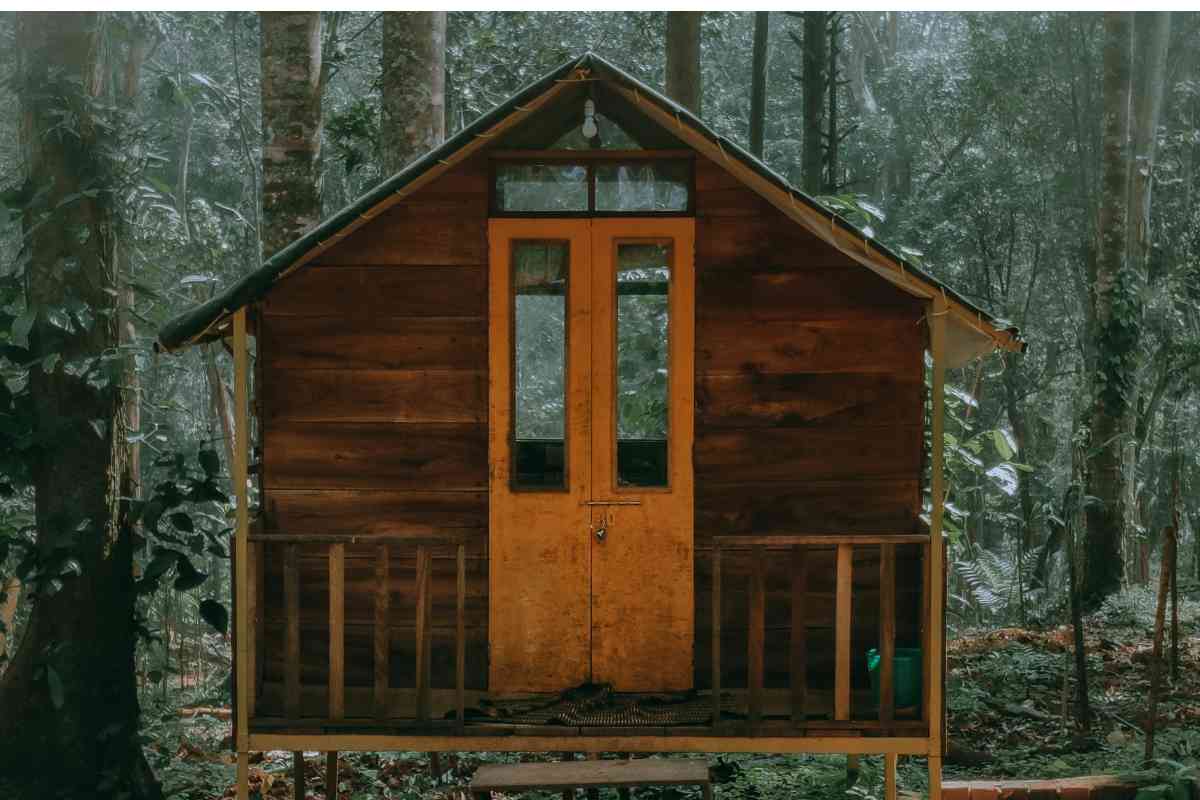
Building an off-grid cabin on a budget requires careful planning, especially when it comes to construction. In this section, we will discuss the process of building the walls, installing doors and windows, and roofing and insulation.
Building the Walls
When constructing the walls of your off-grid cabin, you have two main options: stick framing or panelized construction.
Stick framing involves building the walls on-site, while panelized construction involves building the walls in a factory and then assembling them on-site. Panelized construction can be more expensive, but it can save time and labor costs.
Once you have decided on your construction method, you will need to decide on the type of walls you want.
Gable walls are a popular choice for off-grid cabins because they provide additional headroom and allow for more natural light. Additionally, gable walls can make your cabin look more spacious.
Installing Doors and Windows
Doors and windows are an essential part of any off-grid cabin. When choosing your doors and windows, you will need to consider their energy efficiency, durability, and cost. Double-paned windows and insulated doors can help keep your cabin warm in the winter and cool in the summer.
When installing your doors and windows, make sure to properly seal them to prevent drafts and leaks. This will help keep your cabin comfortable and energy-efficient.
Roofing and Insulation
Roofing and insulation are crucial for keeping your off-grid cabin comfortable and protected from the elements. When choosing your roofing material, consider its durability, cost, and energy efficiency.
Metal roofing is a popular choice for off-grid cabins because it is durable, lightweight, and easy to install.
Insulation is also important for keeping your cabin comfortable and energy-efficient. There are several types of insulation to choose from, including fiberglass, spray foam, and cellulose.
When installing insulation, make sure to follow the manufacturer’s instructions and local building codes.
| Construction Method | Pros | Cons |
|---|---|---|
| Stick Framing | Lower cost, customizable | More labor-intensive, takes longer |
| Panelized Construction | Faster, less labor-intensive | More expensive |
The construction of your off-grid cabin will depend on your budget, preferences, and local building codes.
By carefully planning and choosing the right materials and construction methods, you can build a comfortable and energy-efficient cabin that meets your needs and budget.
Off-Grid Utilities and Systems
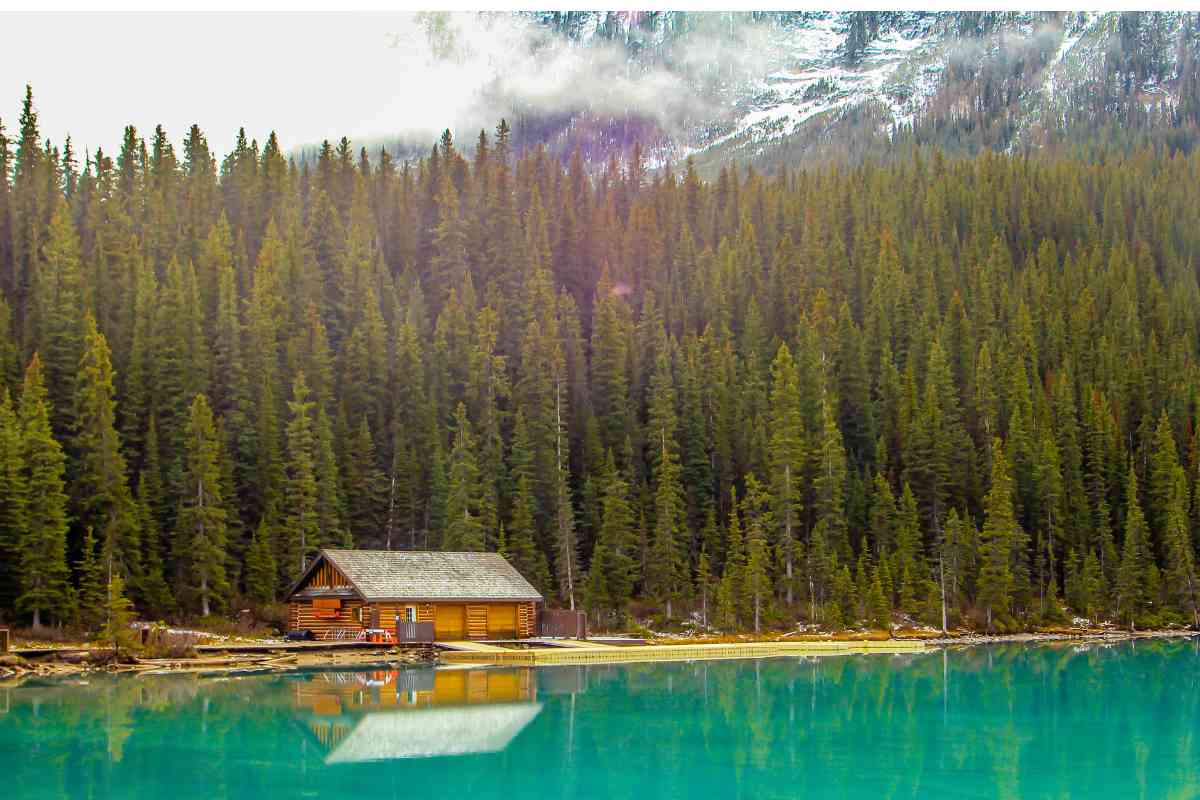
When building an off-grid cabin on a budget, it’s important to consider the utilities and systems that will be necessary for comfortable living. Here are some key considerations for power generation, water and sewage systems, and heating and cooking.
Power Generation
Generating power off-grid can be achieved through a variety of methods, including solar power, wind turbines, micro-hydro electricity, and generators. Solar panels are a popular choice for off-grid power generation, as they are reliable and require little maintenance.
Wind turbines can also be effective, but require a consistent wind source to be reliable. Micro-hydro electricity can be generated from a nearby stream or river, but requires a significant investment in infrastructure. Generators can be used as a backup power source, but can be noisy and require fuel.
| Power Generation Method | Pros | Cons |
|---|---|---|
| Solar Power | Reliable, low maintenance | Requires sunny location, initial investment |
| Wind Turbines | Effective in consistent wind | Requires consistent wind source, initial investment |
| Micro-Hydro Electricity | Renewable energy, low maintenance | Requires nearby stream or river, significant infrastructure investment |
| Generators | Backup power source | Noisy, requires fuel |
Water and Sewage Systems
Off-grid water and sewage systems can be achieved through a variety of methods, including water harvesting, water storage, and composting toilets. Water harvesting involves collecting rainwater and storing it in a tank for later use.
Water storage involves digging a well or borehole and installing a pump to bring water to the surface. Composting toilets use natural processes to break down human waste, eliminating the need for a septic system.
| Water and Sewage System | Pros | Cons |
|---|---|---|
| Water Harvesting | Free water source, low maintenance | Limited supply, requires regular maintenance |
| Water Storage | Reliable water source | Requires significant initial investment |
| Composting Toilets | No need for septic system, environmentally friendly | Requires regular maintenance, may require adjustment period |
Heating and Cooking
Off-grid heating and cooking can be achieved through a variety of methods, including fireplaces, propane, kerosene, diesel, and firewood. Fireplaces can provide both heat and a cooking source, but require a steady supply of firewood.
Propane, kerosene, and diesel can be used as backup heating sources, but require a fuel supply. Firewood can be a sustainable and cost-effective heating and cooking source, but requires regular maintenance and a steady supply.
| Heating and Cooking Method | Pros | Cons |
|---|---|---|
| Fireplaces | Provides heat and cooking source | Requires steady supply of firewood |
| Propane, Kerosene, Diesel | Backup heating source | Requires fuel supply |
| Firewood | Sustainable and cost-effective | Requires regular maintenance, steady supply |
When building an off-grid cabin on a budget, it’s important to carefully consider the utilities and systems that will be necessary for comfortable living. By weighing the pros and cons of different options, you can make informed decisions that will ensure a comfortable and sustainable off-grid lifestyle.
Budgeting and Saving
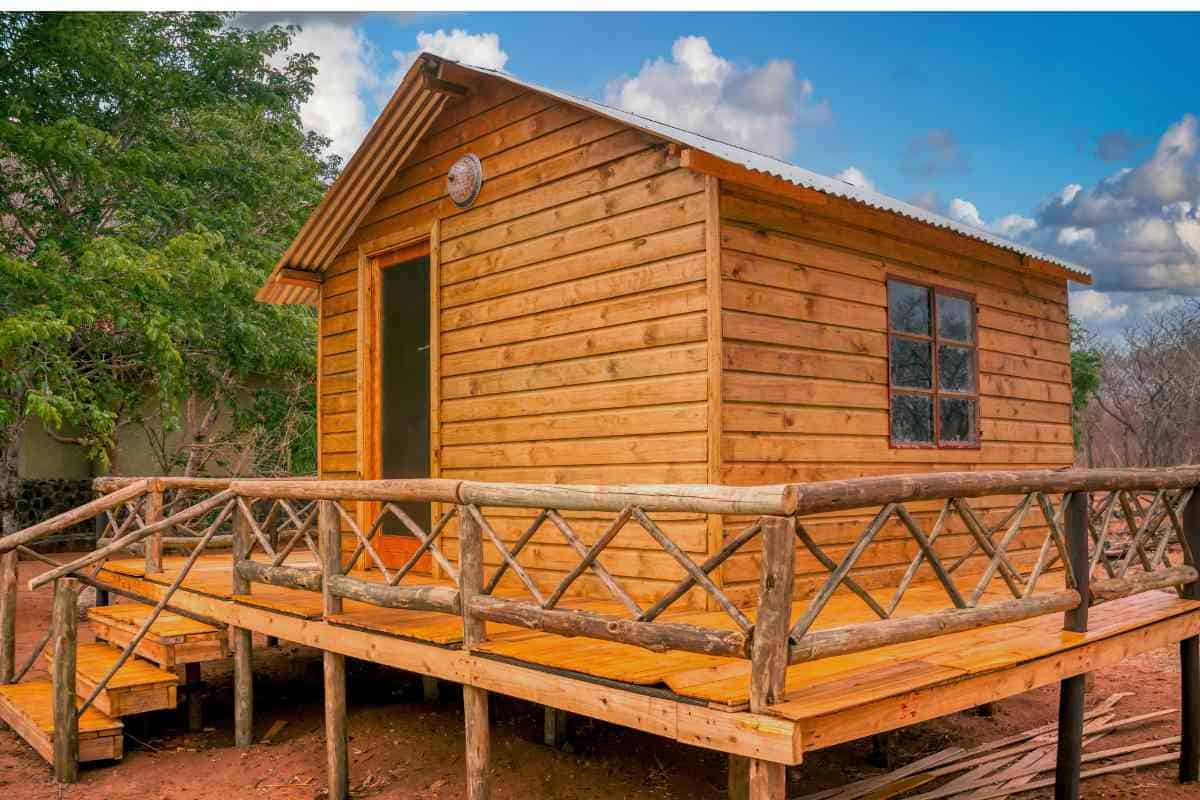
When building an off-grid cabin, budgeting and saving are crucial to ensure that you can afford the materials and tools needed for construction. With careful planning and smart choices, you can build a comfortable and sustainable cabin without breaking the bank.
Choosing Affordable Building Materials
One of the most significant expenses when building a cabin is the cost of materials. To keep costs down, consider using affordable building materials such as logs, which are readily available in many areas.
Logs are durable, energy-efficient, and have a rustic charm that fits well with the off-grid lifestyle.
Other affordable building materials to consider include reclaimed wood, which can be salvaged from old buildings or pallets, and corrugated metal, which is durable and weather-resistant.
When choosing materials, be sure to factor in the cost of transportation, as some materials may need to be shipped from out of town.
DIY and Self-Sufficiency
Another way to save money when building an off-grid cabin is to do as much of the work yourself as possible. With the right tools and equipment, you can tackle many aspects of the construction process, from framing and roofing to plumbing and electrical work.
Investing in quality tools and equipment can save you money in the long run, as you won’t need to hire professionals for every task. Additionally, learning new skills and becoming more self-sufficient can be fulfilling and empowering.
Cabin Kits and Pre-Fabricated Options
If you’re not comfortable with the DIY approach or don’t have the time or expertise to build a cabin from scratch, consider purchasing a cabin kit or pre-fabricated cabin. These options can be more affordable than hiring a contractor and can save you time and effort in the construction process.
Cabin kits typically include all the materials needed to build a cabin, along with detailed instructions. Pre-fabricated cabins are already built in a factory and can be delivered to your site for easy installation. When choosing a cabin kit or pre-fabricated option, be sure to factor in the cost of shipping and installation.
| Affordable Building Materials | DIY and Self-Sufficiency | Cabin Kits and Pre-Fabricated Options |
|---|---|---|
| Logs | Investing in quality tools and equipment | Cabin kits with all materials included |
| Reclaimed wood | Learning new skills | Pre-fabricated cabins for easy installation |
| Corrugated metal | Tackling many aspects of construction yourself | Factor in cost of shipping and installation |
Building an off-grid cabin on a budget requires careful planning, smart choices, and a willingness to learn new skills. By choosing affordable building materials, doing as much of the work yourself as possible, and considering cabin kits and pre-fabricated options, you can create a comfortable and sustainable home without breaking the bank.
Living Off-Grid
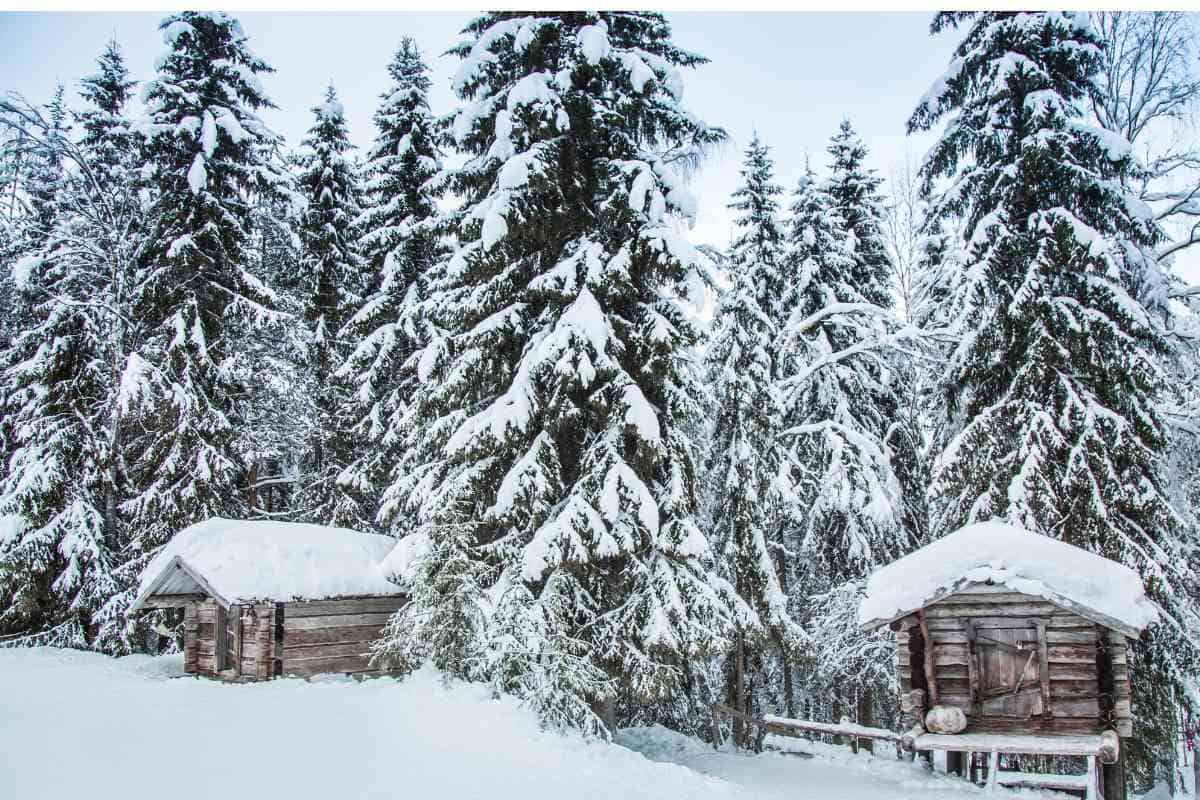
Living off-grid is a lifestyle that many people are choosing in order to become more self-sufficient and sustainable. It involves living without being connected to the public utility grid, which means that you will need to generate your own power and handle your own waste. While it may seem daunting, it is possible to live off-grid on a budget.
Power Generation
One of the first things you will need to consider when living off-grid is how you will generate power. There are a variety of options available, including solar panels, wind turbines, and hydroelectric generators.
Solar panels are a popular choice as they are relatively inexpensive and easy to install. A 100-watt solar panel can generate around 30 amp-hours of power per day, which is enough to power lights and small appliances.
Water
Living off-grid also means that you will need to handle your own water supply. You can collect rainwater and store it in tanks, or you can drill a well if you have access to a water source. It’s important to make sure that your water supply is safe to drink, so you may need to invest in a filtration system.
Waste Management
When living off-grid, you will also need to handle your own waste. This includes both solid and liquid waste. Composting toilets are a popular choice for handling human waste, while graywater systems can be used to handle wastewater from sinks and showers. It’s important to properly dispose of all waste to avoid polluting the environment.
Budget-Friendly Tips
Living off-grid can be expensive, but there are ways to do it on a budget. Here are some tips:
- Use salvaged or recycled materials for building your cabin
- Grow your own food to save money on groceries
- Use a wood stove for heating instead of a more expensive heating system
- Use energy-efficient appliances and lighting to reduce your power usage
| Tip | Description |
| Use salvaged or recycled materials | Building materials can be expensive. Consider using salvaged or recycled materials to save money. You can often find used building materials at salvage yards or on online classifieds. |
| Grow your own food | Growing your own food can save you money on groceries. Consider starting a garden or raising chickens for eggs and meat. |
| Use a wood stove | Heating your cabin can be expensive. Consider using a wood stove for heating instead of a more expensive heating system. |
| Use energy-efficient appliances and lighting | Using energy-efficient appliances and lighting can help reduce your power usage, which can save you money in the long run. Look for appliances with an Energy Star rating and use LED lighting. |
Living off-grid can be a rewarding experience, but it does require some planning and preparation. By following these tips and making smart choices, you can live off-grid on a budget and enjoy the benefits of a more sustainable lifestyle.
Related Reading
- How Much Does It Cost to Build an A-Frame Cabin?
- Yurt Vs Cabin: Which Is Better?
- Container Home vs. Log Cabin
- How to Build an Off-Grid Cabin on a Budget
- Why Are Cabins Built Off The Ground?
- How Long Does a Log Cabin Last?
- Best Prefab Cabins: Top Options for Your Next Retreat
- 5 Best Tiny House Kits Under $5,000
- Cabin Water Systems
- How Long Do Log Cabins Take To Build? [A 10 Step Guide]
- Log Cabin Types
- Alternatives to Septic Systems for Cabins
- Do I Need A Permit To Build An Off-Grid Cabin?
- Are Poplar Logs Good For Log Cabins?
- Do Cabins Have Plumbing?
- Can You Live In A Log Cabin All Year Round?
Frequently Asked Questions
What are some affordable DIY off-grid cabin kits?
If you’re looking for a budget-friendly option for building an off-grid cabin, DIY cabin kits can be a great choice. These kits typically include all the materials you need to build a cabin, including pre-cut lumber, windows, doors, and roofing materials. Some affordable DIY off-grid cabin kits include The Weekender from Jamaica Cottage Shop, The Pinery from Pan Abode Homes, and The Lillevilla Escape from Lillevilla
How can I build a simple off-grid cabin without breaking the bank?
Building a simple off-grid cabin doesn’t have to be expensive. Here are some tips for building an affordable off-grid cabin: (1) Use salvaged materials whenever possible, such as reclaimed lumber or windows from old buildings. (2) Choose a simple design with a small footprint to minimize material costs. (3) Consider using alternative building methods, such as straw bale or cob construction, which can be less expensive than traditional building methods.
What are some tips for building a small cabin with a loft?
Building a small cabin with a loft can be a great way to maximize space and create a cozy living area. Here are some tips for building a small cabin with a loft: (1) Choose a design that includes a loft, or modify an existing design to include a loft space. (2) Consider using a ladder or spiral staircase to access the loft, as these options take up less space than a traditional staircase. (3) Use natural materials, such as wood and stone, to create a rustic and cozy feel in the cabin.
Where can I find free off-grid cabin plans?
If you’re looking for free off-grid cabin plans, there are many resources available online. Here are some websites where you can find free off-grid cabin plans: (1) Mother Earth News, (2) The Tiny House Design, and (3) The Free Range Cabin.
What are some easy-to-follow cabin plans that won’t cost a fortune?
If you’re looking for easy-to-follow cabin plans that won’t break the bank, there are many options available. Here are some affordable cabin plans that are easy to follow: (!) The Simple Cabin, (2) The Cozy Cabin, and (3) The Little House.
What are some cost-effective ways to build a small cabin in the woods?
If you’re looking to build a small cabin in the woods on a budget, there are many cost-effective building methods you can use. Here are some tips for building a small cabin in the woods: (1) Use natural materials, such as logs or stone, that are readily available in the area. (2) Consider using alternative building methods, such as straw bale or cob construction, which can be less expensive than traditional building methods. (3) Keep the design simple and compact to minimize material costs.

![Are Aspen Trees Good For Log Cabins? [And What Is Better?]](https://freedomresidence.com/wp-content/uploads/2022/05/Are-Aspen-Trees-Good-For-Log-Cabins-768x512.jpg)

